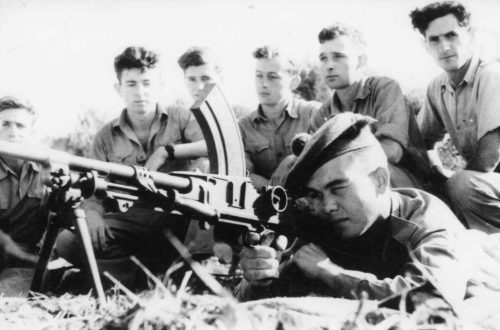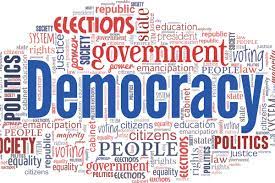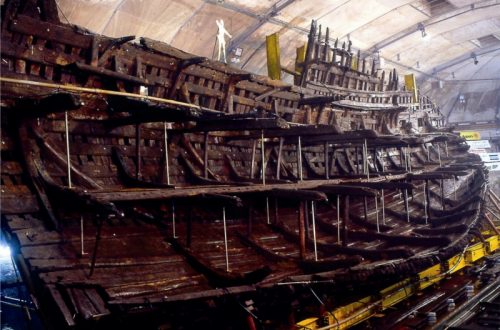This is a guest post by Hasan Afzal.
Apologies for it being so late in the day.
The BBC on this day:
1988: Thousands die in Halabja gas attackOne resident, Abdul Rahman, 60, an employee at the city’s mosque, said: “I do not know where my children are.”
Thousands of people are reported to have been killed and many others injured in a poison gas attack on a Kurdish city in northern Iraq.Up to 20 aircraft, said to include Iraqi Migs and Mirages, were seen overhead at around 1100 local time in Halabja.
According to experts, the chemicals dropped by the planes may have included mustard gas, the nerve agents sarin, tabun and VX and possibly cyanide.
The attack on Halabja, which is about 150 miles (241km) north-east of the Iraqi capital Baghdad, is the latest in the Iran-Iraq war and follows its occupation by Iranian forces.
Iraq was said to be keen to avenge the fall of Halabja, which is seen as an important centre for Kurdish resistance in their struggle for autonomy.
The assault came after two days of conventional mortars, artillery and rockets from nearby mountains.
According to pro-Iranian Kurdish commanders in Halabja, there were up to 14 aircraft sorties, with seven to eight planes in each group.
The planes were believed to have concentrated their attacks on the city and all the roads leading out of it.
Eyewitnesses have told of clouds of smoke billowing upward “white, black and then yellow”‘, rising as a column about 150 feet (46 metres)in the air.
Most of the wounded, who were taken to hospital in the Iranian capital Tehran, were suffering from mustard gas exposure.
Those who escaped death have developed respiratory or visual problems from the cocktail of chemicals dropped on the city.
According to some reports, up to 75% of the victims were women and children.
The injured survivors seen by reporters showed the classic symptoms of mustard gas poisoning – ugly skin lesions and breathing difficulties.
Some residents survived by covering their faces with damp cloths and taking to the mountains around Halabja.


